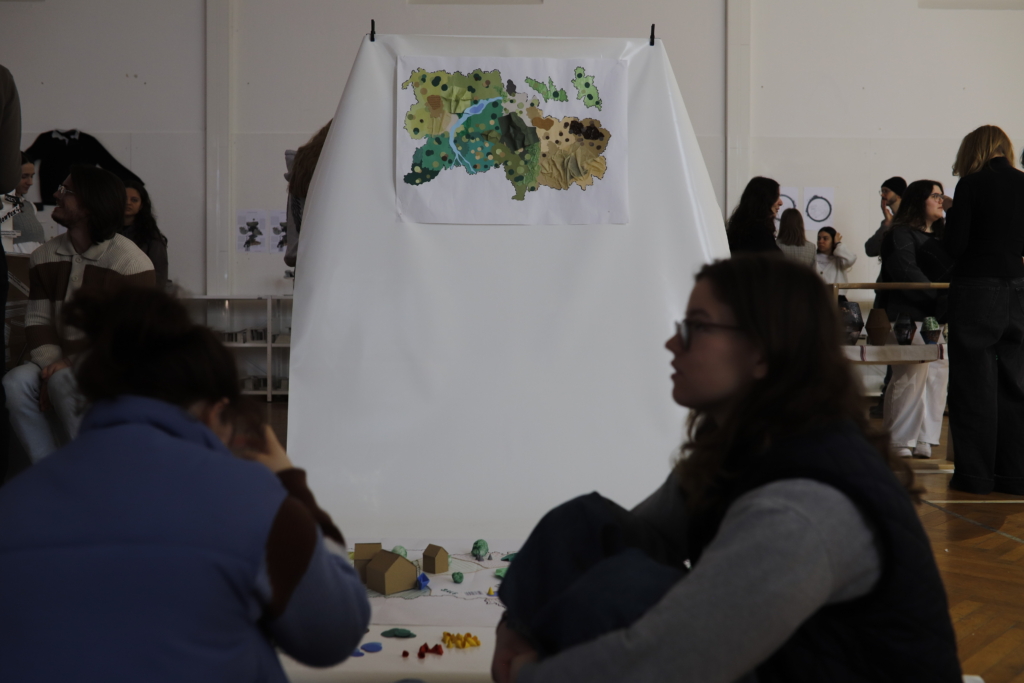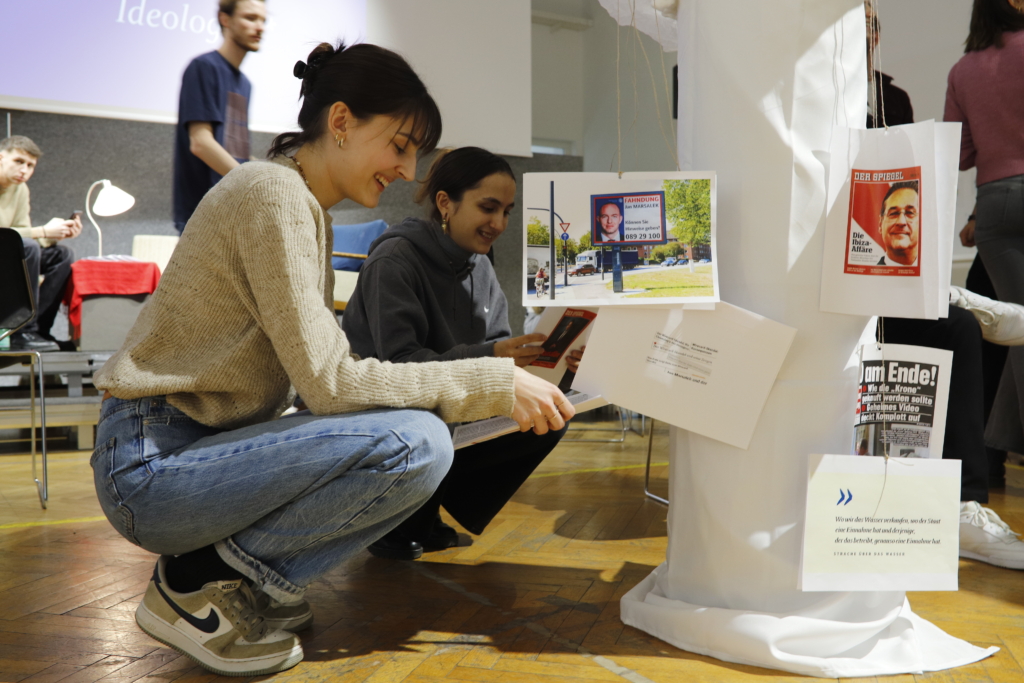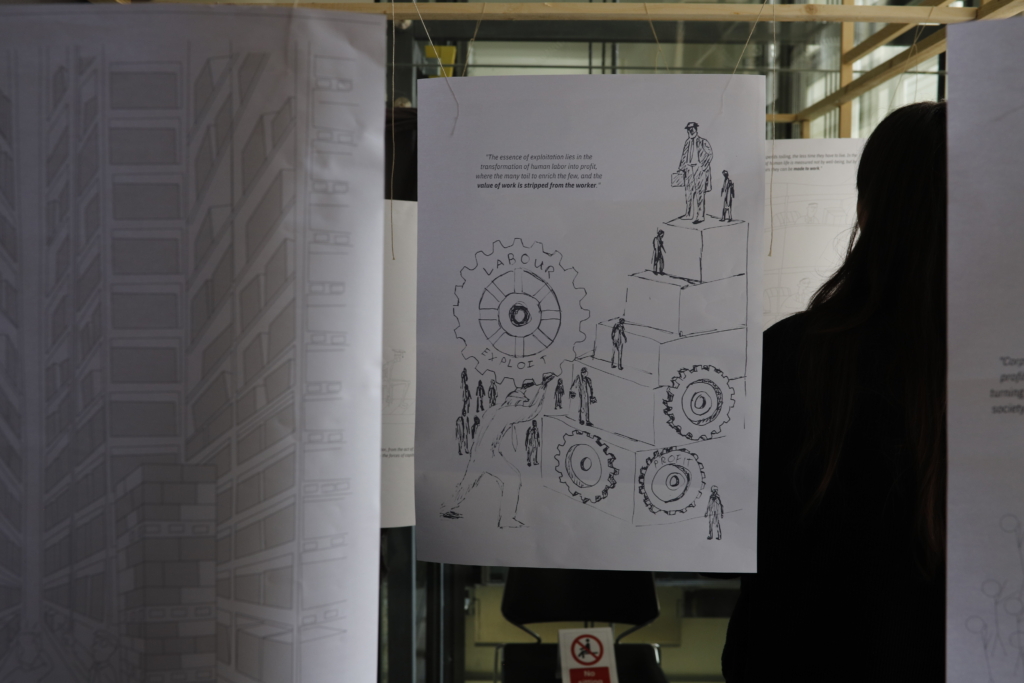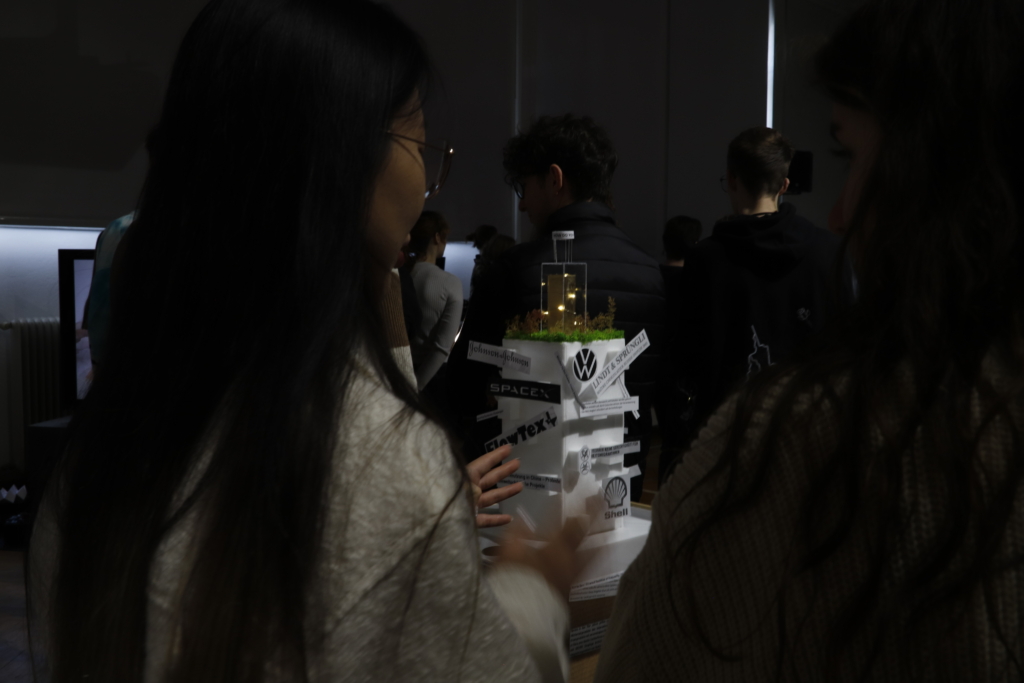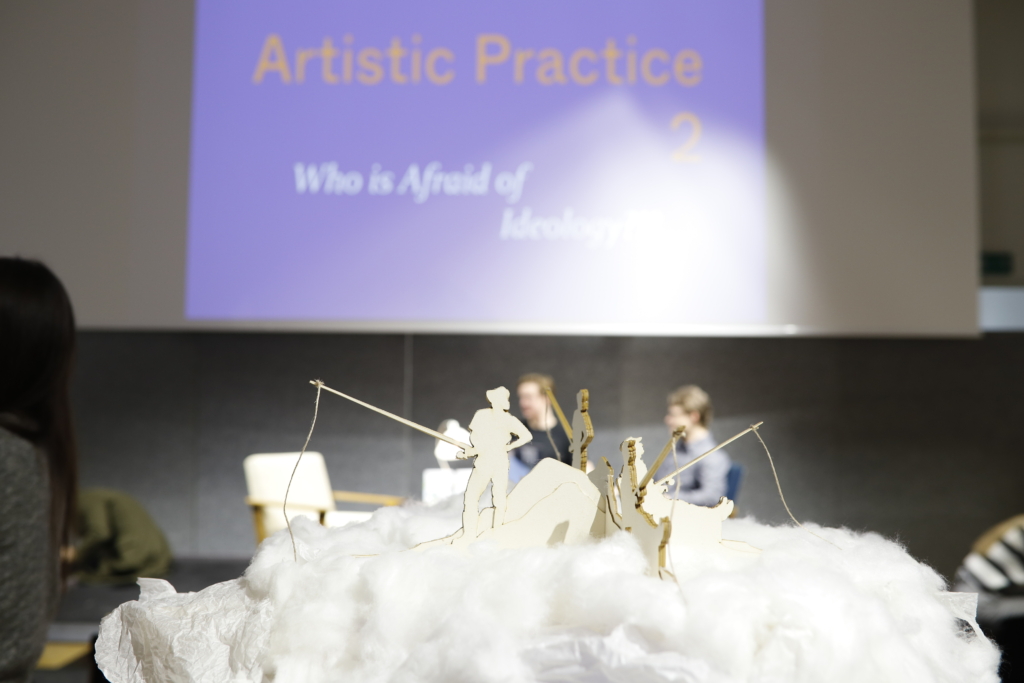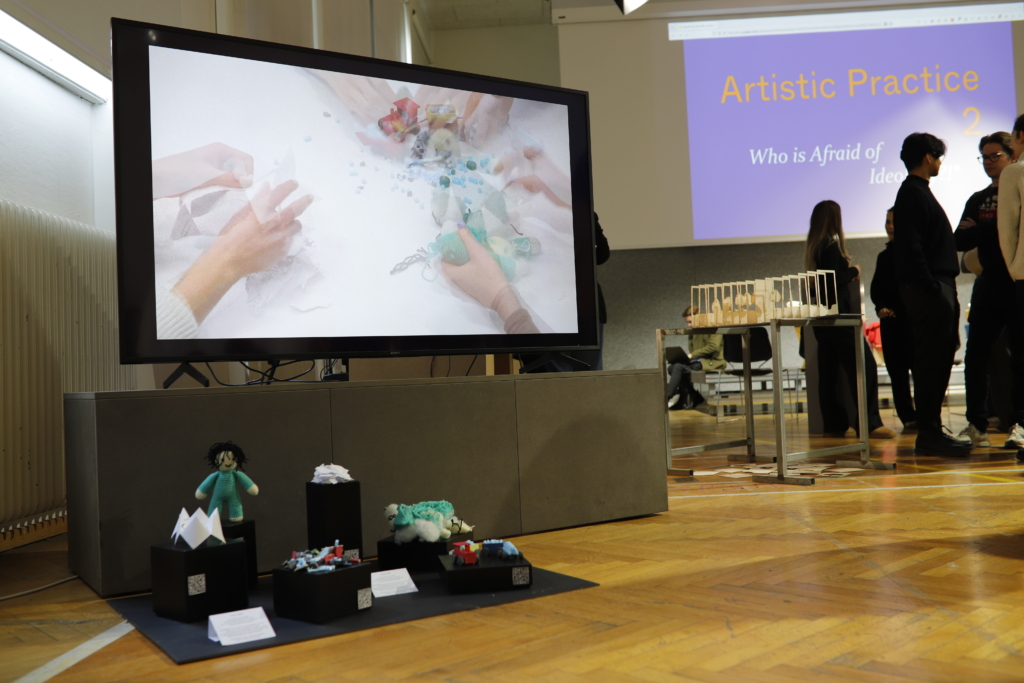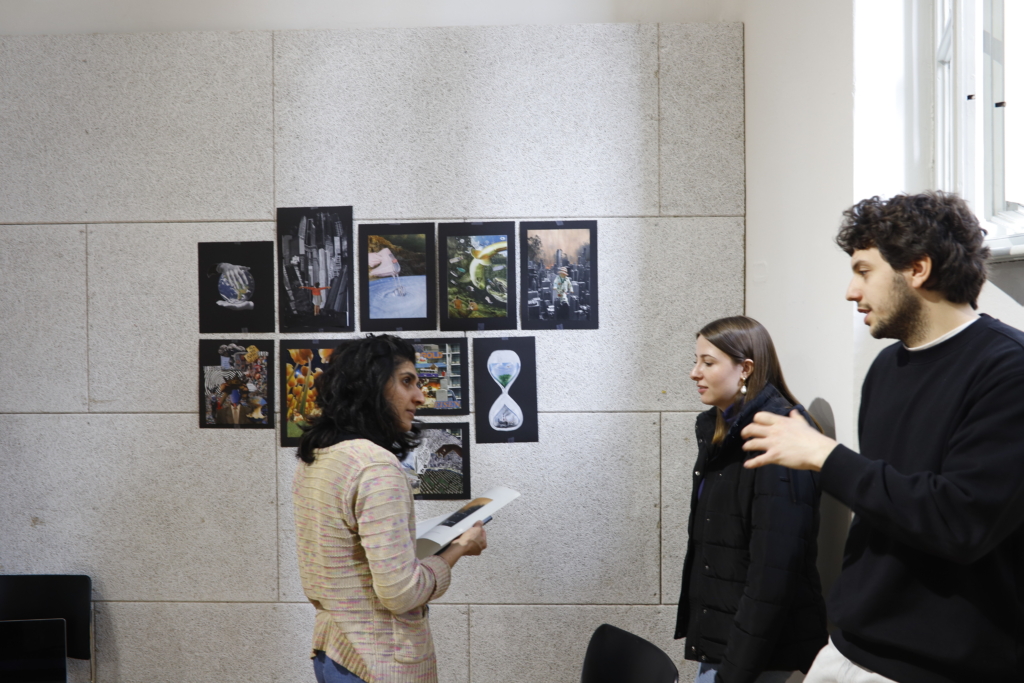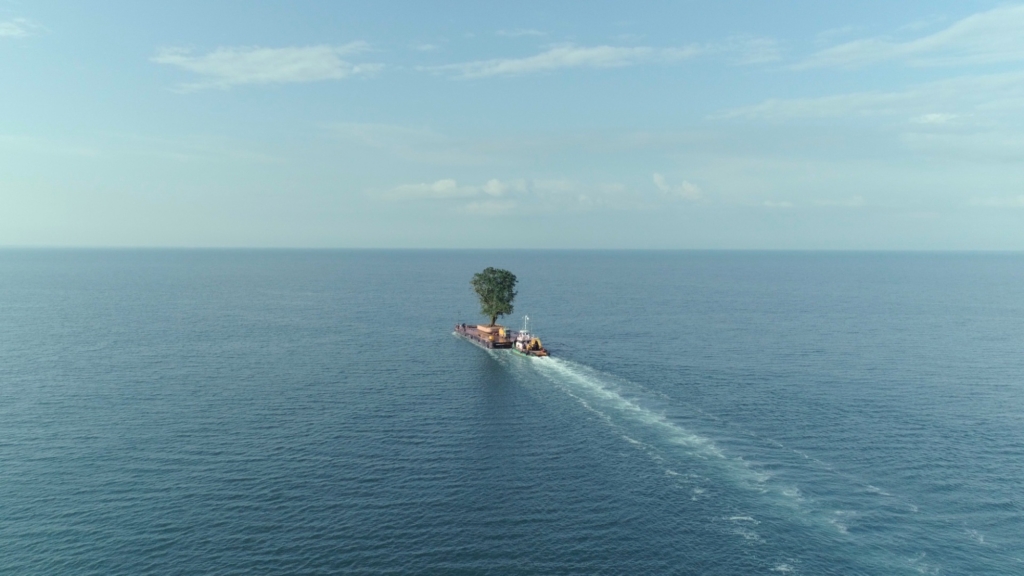
ARTISTIC PRACTICE II
Course convened by Ahmad Darkhabani, Rose-Anne Gush, Anousheh Kehar, Philipp Sattler
Much as a tree in growth adds a new ring each year, the social concept of nature has accumulated innumerable layers of meaning in the course of history. Just as felling the tree exposes these rings–before the timber is sent to the saw mill for fashioning into a human artefact–industrial capitalism has cut into the accumulated meanings of nature so that they can be shaped and fashioned into concepts of nature appropriate for the present era.
- Neil Smith, Uneven Development: Nature, Capital and the Production of Space (1984)
In line with our semester theme, contextualisation, the course, WHO IS AFRAID OF IDEOLOGY?! takes this notion as a prism through which to read, interpret, and understand architecture and its complex histories, practices, and entanglements. We will ask how architecture and art produce and ‘naturalise’ a system of beliefs and values, considering how these relate to the existing material processes of society.
The course is structured around four themes transversal to the ideology of architecture: the production of nature, the ideology of property, carceral landscapes, and reciprocal landscapes. Exploring the production of nature and thus space as something specific to historical capitalism, we will study the unequal and uneven development of landscapes that combine impoverishment and wealth (Smith, 1984). Looking into questions of how to measure and represent land, the politics of inheritance and its relation to property laws, (Arsanios, 2023), we will learn how property shapes and defines land as an abstract form. Historically and today, violent acts of enclosure sever people from their land and their reciprocal relationships with nature, which sustained civilizations long before the brink of capitalism (Hutton, 2021). The legacies of colonialism and empire have created commodified land that exists as multi-faceted realities of extraction, among them the flow of material and people who produce our buildings and landscapes. This process of architecture is embedded in systems of oppression that make these relationships possible, forming carceral landscapes. While the carceral tells of confinement, it goes beyond the prison. Mike Davis once noted the novelty of the “comprehensive security effort” emerging from unifying urban design, architecture, and the “police apparatus” and its implications for the social-environmental construction (Davis, 1990) – socially and spatially regulating people and their environments.
By taking ideology as the prism or lens through which to understand architecture, students will reflect on their learning and knowledge, reading and listening. We will ask how architecture and art produce and ‘naturalise’ a system of beliefs and values, considering how these relate to the existing material processes of society.
*Who is Afraid of Ideology?! Is a reference to a series of films by Marwa Arsanios.
Final Exhibition

